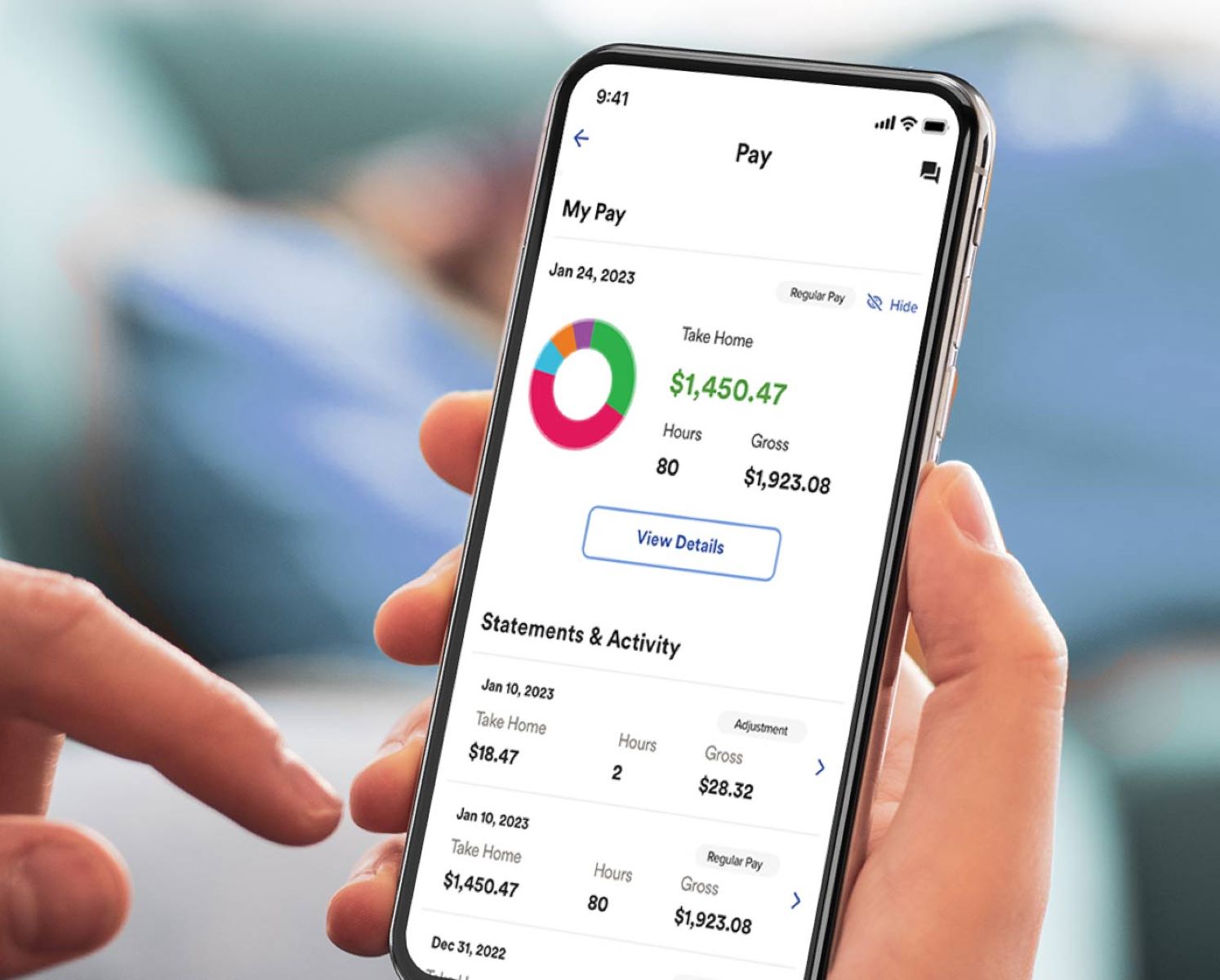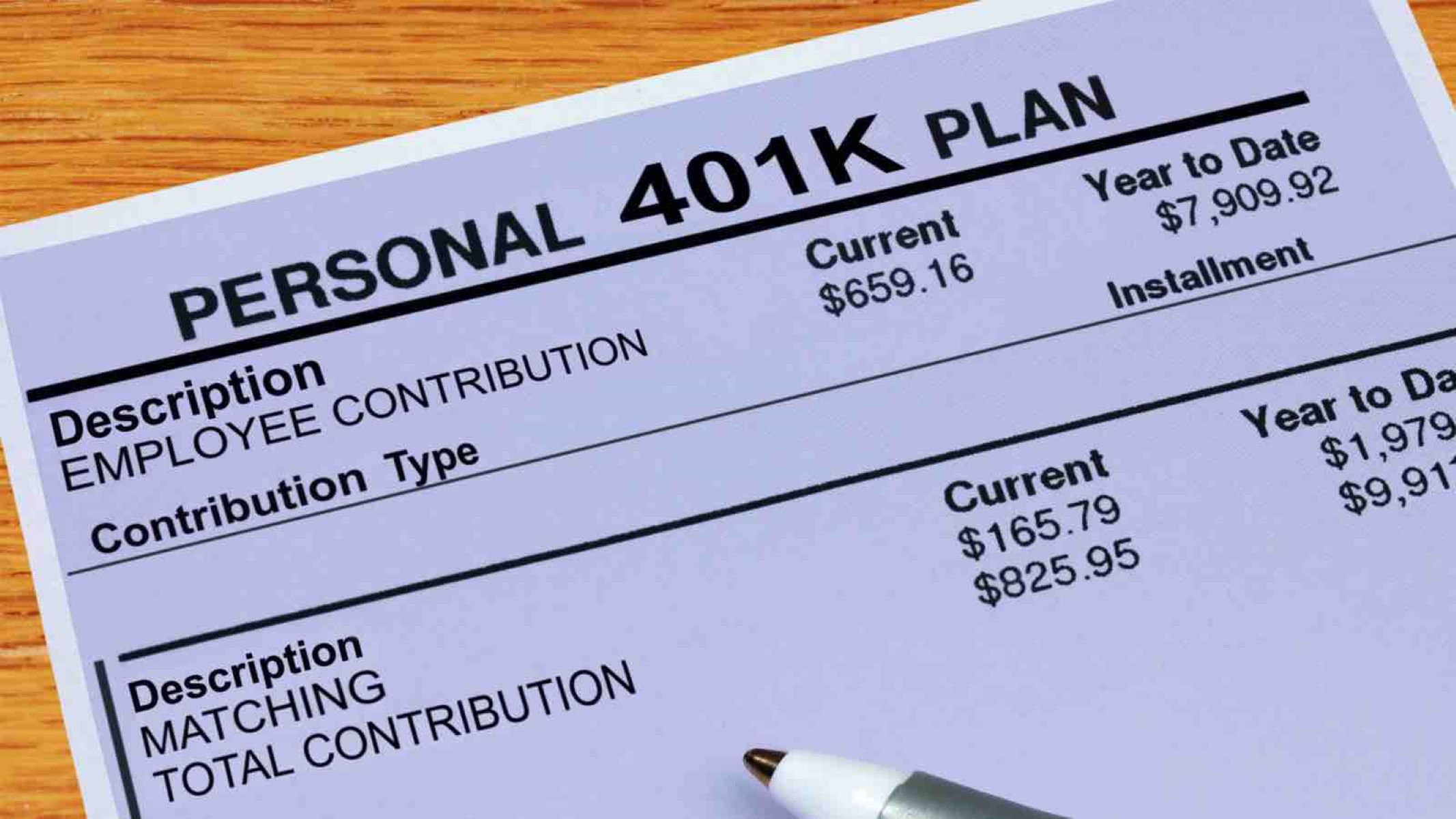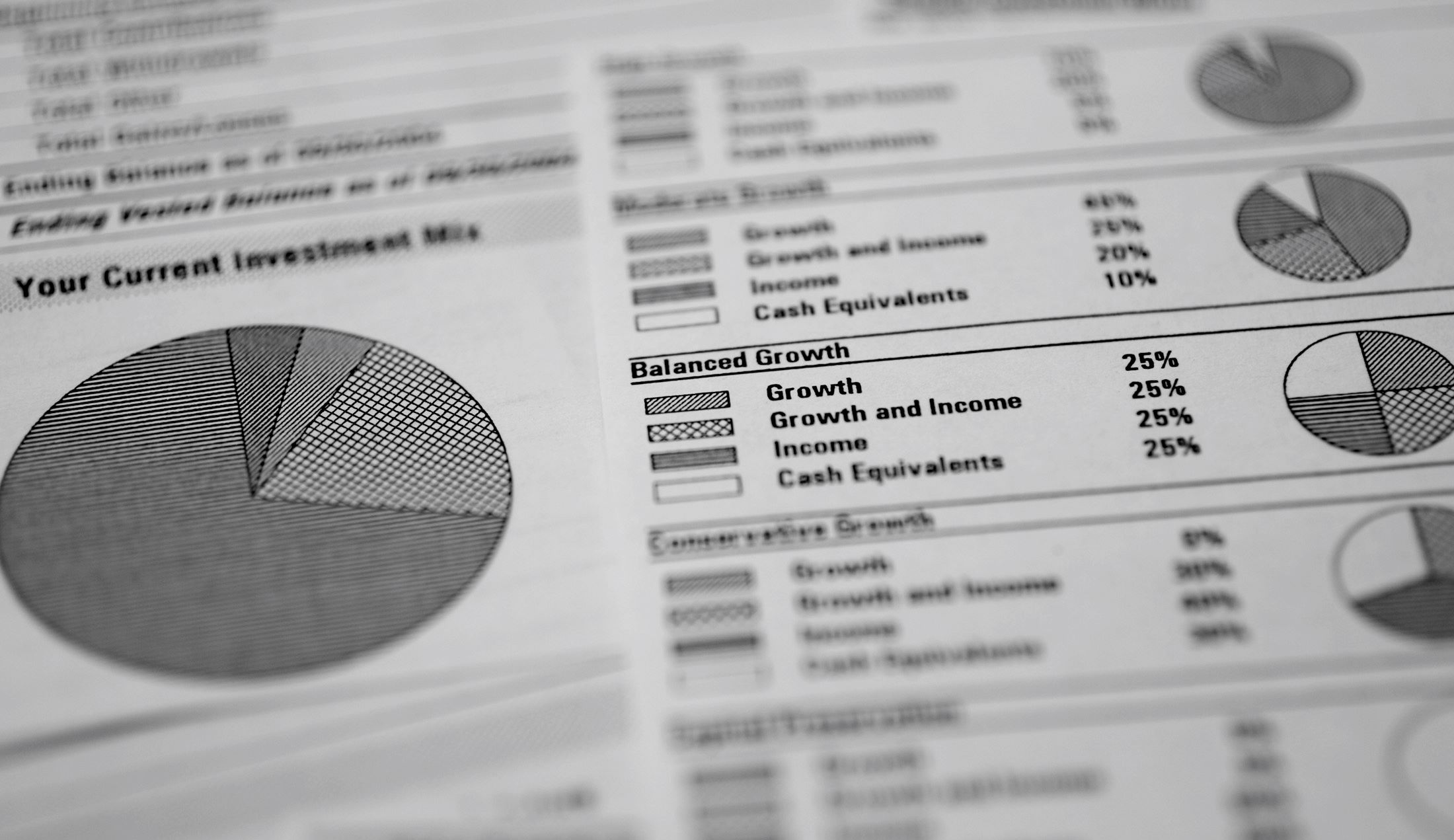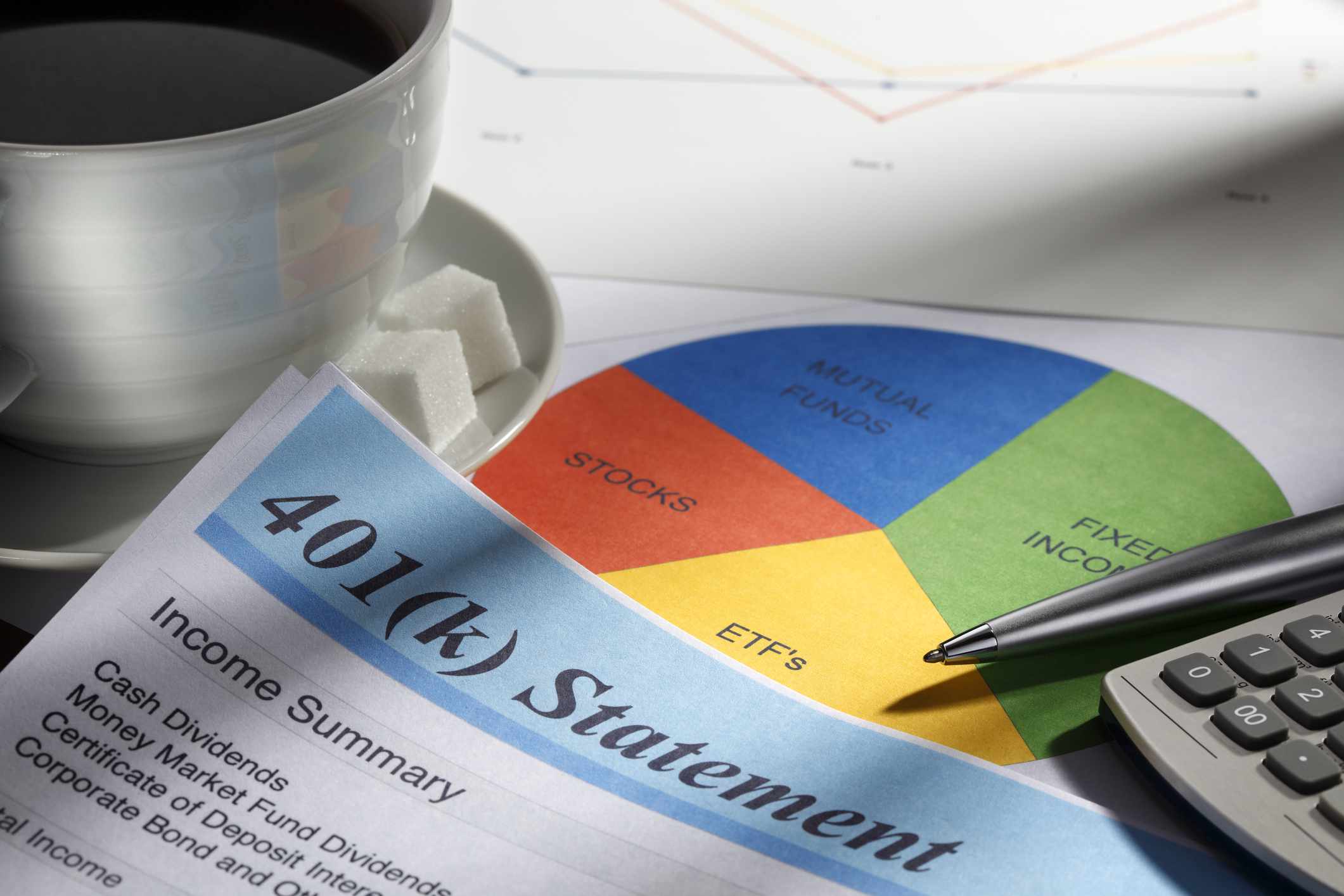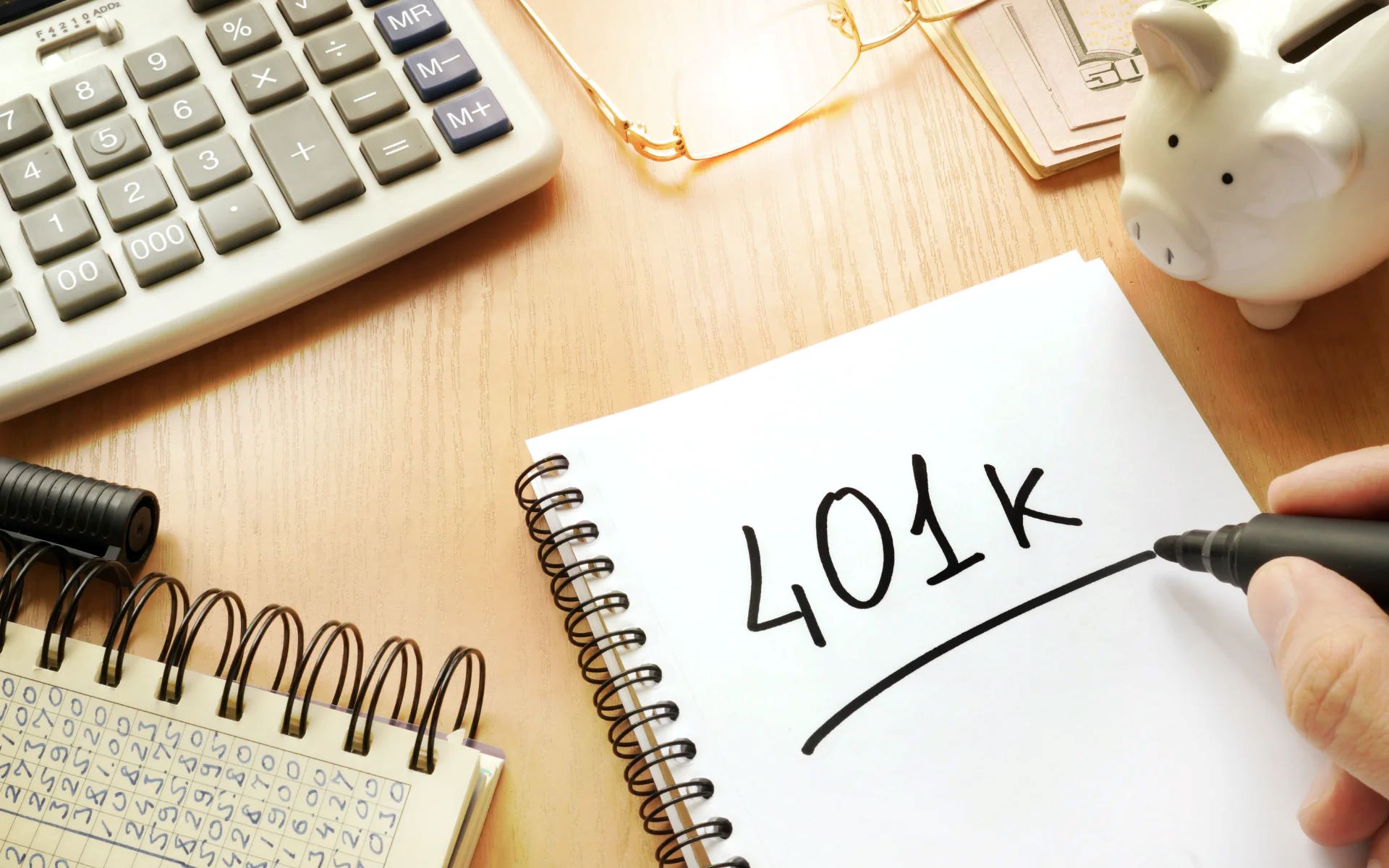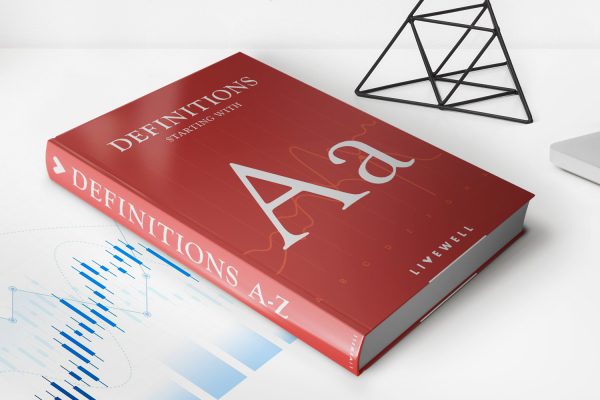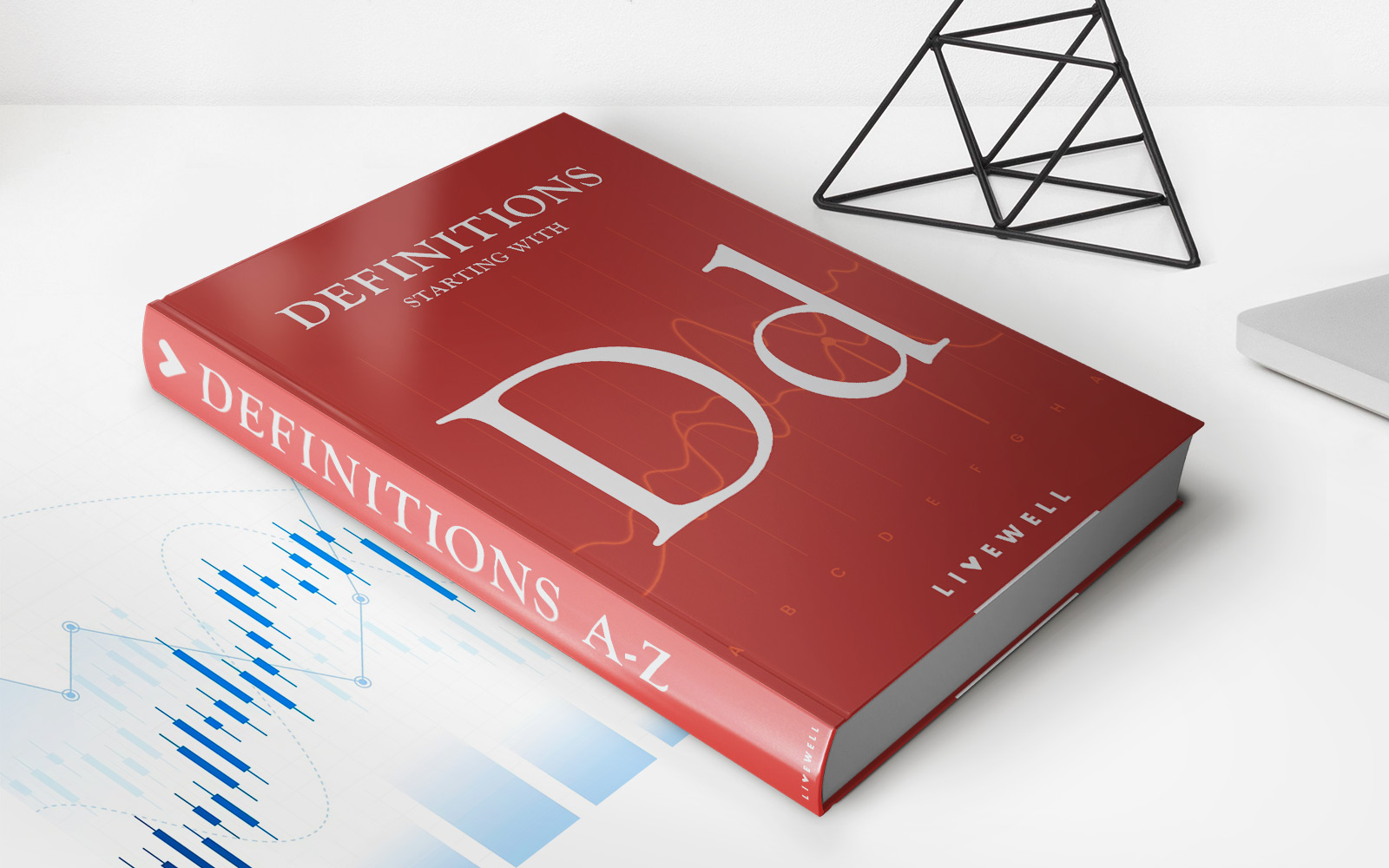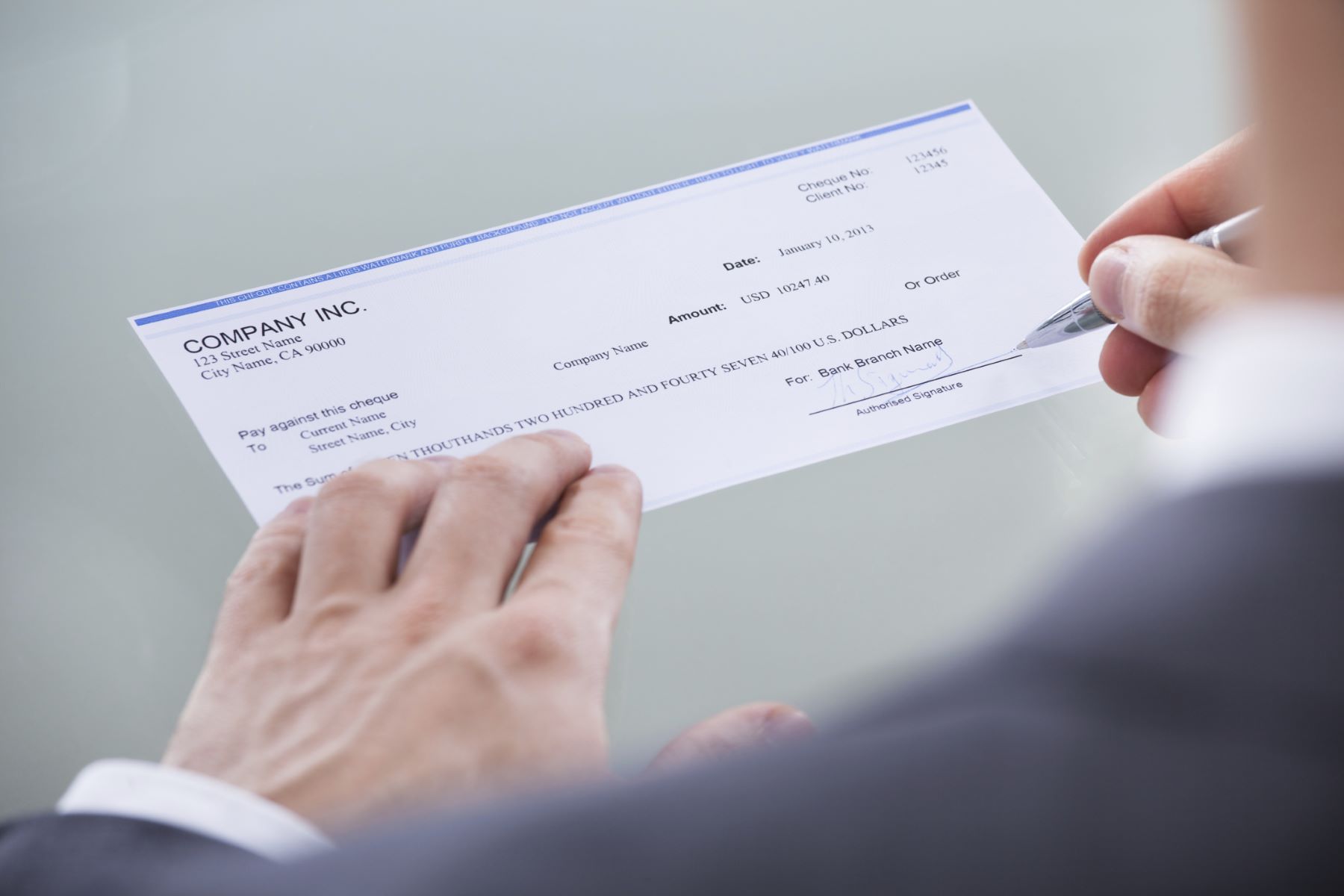

Finance
How Long Does It Take To Get My 401K Check
Modified: February 21, 2024
Wondering when you'll receive your 401K check? Find out the estimated timeframe for receiving your funds and plan your finances accordingly.
(Many of the links in this article redirect to a specific reviewed product. Your purchase of these products through affiliate links helps to generate commission for LiveWell, at no extra cost. Learn more)
Table of Contents
Introduction
Planning for retirement is an essential part of financial management, and one of the most common retirement savings vehicles is the 401(k) plan. A 401(k) allows individuals to save and invest a portion of their income, benefitting from potential tax advantages and employer matches. However, as retirement approaches, many individuals wonder how long it will take to receive their 401(k) funds.
While the specific timeline for receiving a 401(k) check depends on various factors, such as your retirement plan administrator and the processing method chosen, understanding the process can help you better manage your expectations. In this article, we will explore the factors that affect the processing time for 401(k) distributions, the steps involved in receiving a 401(k) check, and potential delays you may encounter.
It’s important to note that each 401(k) plan may have slightly different rules and procedures. Therefore, it’s always a good idea to consult the specific terms of your plan and reach out to your plan administrator for accurate and up-to-date information.
Understanding 401K Distributions
Before delving into the processing time for 401(k) checks, it’s essential to understand the concept of 401(k) distributions. A 401(k) distribution refers to the withdrawal of funds from your 401(k) plan. Once you reach the age of 59 ½, you become eligible to start taking distributions from your 401(k) without facing any early withdrawal penalties. However, there are a few exceptions that allow for penalty-free withdrawals before this age, such as financial hardship or certain medical expenses.
There are generally two types of 401(k) distributions:
- Lump-sum distribution: This involves withdrawing the entire amount in your 401(k) as a single payment. While this option provides you with immediate access to your retirement funds, it may also have tax implications.
- Periodic payments: Instead of receiving a lump sum, you have the option to receive your 401(k) funds as periodic payments over a specified period of time. This could be in the form of annuities or regular installments.
Both lump-sum and periodic payment options have their pros and cons. It’s crucial to carefully analyze your financial situation, including your projected retirement expenses, tax implications, and potential investment opportunities, to determine the approach that aligns with your retirement goals.
Now that we have a better understanding of the different types of 401(k) distributions, let’s explore the factors that can influence the processing time for getting your 401(k) check.
Factors Affecting the Processing Time
Several factors can impact the processing time for receiving your 401(k) check. Understanding these factors can help you set realistic expectations and plan accordingly. Here are some key factors to consider:
- Retirement plan administrator: Each 401(k) plan is managed by a retirement plan administrator. The efficiency and procedures of the administrator can significantly impact the time it takes to process your distribution request. Some administrators may have streamlined processes and quick turnaround times, while others may require more time to complete the necessary paperwork and approvals.
- Documentation requirements: To initiate a distribution from your 401(k), you will need to complete certain paperwork and provide appropriate documentation. This can include forms such as a distribution request form, tax withholding form, and proof of age. Ensuring that you submit all required documentation accurately and promptly can help expedite the process.
- Processing method: The method by which you choose to receive your 401(k) funds can also impact the processing time. Common options include receiving a physical check, electronic funds transfer (EFT) to your bank account, or rollover to an Individual Retirement Account (IRA). Each method may have different processing times, with EFT usually being the fastest.
- Investment options: If your 401(k) includes investments in mutual funds or other securities, the processing time may be affected by the time required to liquidate those investments. This is particularly relevant for individuals with a diversified investment portfolio within their retirement account.
- Plan rules and restrictions: Your 401(k) plan may have specific rules and restrictions regarding distributions. For example, some plans may limit the number of distribution requests allowed per year or specify certain waiting periods. Familiarize yourself with your plan’s rules to understand how they may impact the processing time.
When planning for your retirement and considering when to request your 401(k) distribution, keep these factors in mind. While some factors, such as the retirement plan administrator, may be beyond your control, being proactive in completing the necessary paperwork and understanding your plan’s rules can help expedite the processing time.
Steps Involved in Receiving 401K Check
Receiving a 401(k) check involves several steps that help ensure a smooth and efficient distribution process. While the specific steps may vary depending on your retirement plan administrator and the distribution method chosen, here are the general steps involved:
- Review your plan: Familiarize yourself with your 401(k) plan’s rules and requirements for distributions. Understand any age or service requirements and any limitations on the number of distribution requests per year.
- Complete the necessary paperwork: In most cases, initiating a 401(k) distribution requires completing specific forms provided by your retirement plan administrator. These forms typically include a distribution request form and may include a tax withholding form to specify the amount of taxes to be withheld from the distribution.
- Submit required documentation: Along with the completed forms, you may need to provide additional documentation to support your distribution request. This can include proof of age, such as a copy of your birth certificate or government-issued ID.
- Choose your distribution method: Decide how you want to receive your 401(k) funds. Options may include receiving a physical check, having the funds electronically deposited into your bank account via electronic funds transfer (EFT), or initiating a direct rollover to an Individual Retirement Account (IRA).
- Wait for processing: Once you have submitted all the necessary paperwork and documentation, your plan administrator will review and process your distribution request. The processing time will depend on factors such as the efficiency of the administrator and the method of distribution you selected.
- Receive your 401(k) check: If you opted for a physical check, it will be sent to your mailing address. If you chose to have the funds deposited directly into your bank account, you will receive confirmation of the deposit.
It’s crucial to ensure that you complete all the required paperwork accurately and provide any additional documentation promptly. This can help avoid delays in the processing of your distribution request. If you have any questions or concerns, don’t hesitate to reach out to your retirement plan administrator for guidance.
Typical Timeline for Receiving 401K Check
The timeline for receiving your 401(k) check can vary depending on several factors, including your retirement plan administrator and the distribution method chosen. While it’s important to remember that specific timelines may differ from plan to plan, here is a general overview of the typical timeline for receiving a 401(k) check:
- Initiating the distribution: The timeline begins when you submit your completed distribution request form and any required documentation to your retirement plan administrator. This step can usually be done electronically or through regular mail.
- Processing time: The processing time for your distribution request can range from a few days to a few weeks, depending on various factors, such as the efficiency of your retirement plan administrator and the complexity of your distribution request.
- Internal review and approval: Once your distribution request is received, it will go through an internal review process by your retirement plan administrator. This process may involve verifying your eligibility and ensuring that all required documentation is in order.
- Liquidation of investments (if applicable): If your 401(k) includes investments in mutual funds or other securities that need to be liquidated to fund your distribution, additional time may be required. This step involves selling your investments and converting them into cash.
- Issuing the check: Once your distribution request is approved and processed, your retirement plan administrator will issue your 401(k) check. The check will either be mailed to your designated mailing address or sent via direct deposit to your bank account, depending on the distribution method you selected.
- Receiving the check: The actual delivery time for your 401(k) check will depend on various factors, including the postal service or transfer time for electronic deposits. Usually, you can expect to receive your check within a week or two after it is issued.
It’s important to note that these timelines are approximate and can be influenced by several factors, including the efficiency of your retirement plan administrator, any required investment liquidation, and the method of delivery. It’s always recommended to review your plan documents and consult with your plan administrator for a more accurate estimate of the timeline specific to your situation.
Potential Delays in Getting 401K Check
While retirement plan administrators strive to process 401(k) distributions in a timely manner, there are several potential factors that can cause delays in receiving your 401(k) check. Understanding these potential delays can help you manage your expectations and take proactive steps to address any issues that may arise. Here are some common factors that can cause delays:
- Incorrect or incomplete documentation: If you fail to submit all the required paperwork or provide inaccurate information, it can lead to delays in processing your distribution request. Double-check all forms and ensure that you provide any additional requested documentation accurately.
- Plan administrator backlog: In some instances, retirement plan administrators may experience a backlog due to high volumes of distribution requests or staffing limitations. This can lead to delays in processing and issuing your 401(k) check. Checking with your plan administrator for updates and maintaining regular communication can help you stay informed about any potential delays.
- Investment liquidation time: If your 401(k) includes investments in mutual funds or other securities that need to be sold to fund your distribution, the liquidation process can take additional time. The time required to sell investments and convert them into cash can vary depending on market conditions and the specific investment vehicles involved.
- Verification process: Retirement plan administrators may have a verification process in place to ensure that distribution requests comply with plan rules and regulations. This process can involve checking your eligibility, reviewing the documentation provided, and confirming the accuracy of your distribution request. The verification process can contribute to processing delays.
- External factors: Delays can also occur due to external factors beyond the control of your retirement plan administrator. These can include postal delays in delivering physical checks or technical issues with electronic transfers. Keeping track of your distribution request and promptly contacting your plan administrator if any unexpected delays occur can help address these external factors.
If you experience any delays in receiving your 401(k) check, it’s important to remain patient and maintain regular communication with your retirement plan administrator. They can provide updates on the status of your distribution request and help address any issues that may be causing the delay.
However, if the delay persists or you believe there may be an error or mishandling of your distribution request, it may be necessary to escalate the matter by reaching out to higher-level representatives or seeking guidance from an attorney specializing in retirement plan matters.
What to Do if There’s a Delay
If you encounter a delay in receiving your 401(k) check, there are several steps you can take to address the situation and expedite the process. Here’s what to do if there’s a delay:
- Contact your retirement plan administrator: Start by reaching out to your retirement plan administrator to inquire about the status of your distribution request. They can provide updates on any potential delays and help address any issues that may be causing the delay.
- Verify your documentation: Double-check that you have submitted all the required paperwork and documentation accurately. If any documents are missing or incorrect, resolve the issue promptly by submitting the necessary paperwork to your plan administrator.
- Request an explanation: If you are facing significant delays without any clear explanation, don’t hesitate to ask for clarification from your retirement plan administrator. Understanding the reason behind the delay can help you address any underlying issues and take appropriate action.
- Follow up regularly: Maintain regular communication with your retirement plan administrator to stay informed about the progress of your distribution request. By staying proactive and following up, you can help ensure that your request receives the attention it requires.
- Consider escalation: If the delay persists and you are not receiving a satisfactory response from your plan administrator, you may need to escalate the matter to higher-level representatives or supervisors within the organization. Requesting to speak with a supervisor or filing a formal complaint can help draw attention to the delay and expedite resolution.
- Seek legal advice if necessary: In cases where you believe there may be an error or mishandling of your distribution request, you may need to seek legal advice from an attorney specializing in retirement plan matters. They can guide you on how to navigate the situation and protect your rights.
It’s important to remain patient and persistent when dealing with delays in receiving your 401(k) check. While delays can be frustrating, staying proactive and maintaining open communication with your retirement plan administrator can help resolve the issue and ensure that your distribution request is processed in a timely manner.
Remember, each plan may have specific procedures and timelines, so referring to your plan’s documentation and consulting with your retirement plan administrator for guidance is essential.
Conclusion
Understanding the timeline and process for receiving your 401(k) check is crucial for effective retirement planning. While the specific timeframe may vary depending on various factors, such as your retirement plan administrator and the distribution method chosen, being aware of the general steps involved can help you set realistic expectations and take proactive measures to expedite the process.
We covered several important aspects in this article, including the concept of 401(k) distributions, factors that can influence processing time, steps involved in receiving a 401(k) check, potential delays, and what to do if you encounter a delay.
Remember, always review your plan documents and consult with your retirement plan administrator for accurate information specific to your situation. Pay attention to any requirements or restrictions imposed by your plan and ensure you provide all necessary documentation accurately and promptly.
In the event of a delay, stay proactive by contacting your retirement plan administrator, verifying your documentation, and seeking clarification on the situation. If necessary, consider escalating the matter to higher-level representatives or seeking legal advice to protect your rights.
Planning for retirement should include knowing how and when to access your hard-earned 401(k) funds. By understanding the process and potential delays, you can navigate the distribution process with confidence, allowing you to enjoy the fruits of your labor during your golden years.

